My father-in-law died before our first child was born. I knew I wanted our children to know him because he had such a rich life. I made a promise to myself that I would tell our children all the stories of his life, but like Johnny I might have to hold a few back until they reached adulthood. My father-in-law had an amazing life. He overcame immense obstacles and created a life for his family in North America. At fourteen, he left home to become a blacksmith. Later he joined the Yugoslavian army. One day my father-in-law found that he could no longer be part of the communist country and tried to defect. He was found out and thrown into prison for three years. When Tata got out, he tried again and this time was successful. The man, who could not go to school because he family was too poor for shoes, read a book on his way to Australia on how to weld. One day a man came to a gathering of workers in Australia asking if anyone of the men had skills. My father-in-law said he could weld. He demonstrated for the man and that was how he became a welder. I loved him so much.
We tell our children family stories so they know members of the family who have come before them. We tell stories because we see ourselves in these stories and maybe our children will as well. We tell stories because we hope maybe we might have just a bit of their strength. It goes deeper than just that, we tell stories to remember our loved one, and keep them close to us. I know people only through the stories that are told about them. For the moment of the story, those we love and are no longer able to be at our tables are alive. These stories bind us together and make us family, connecting us through out time.
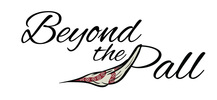
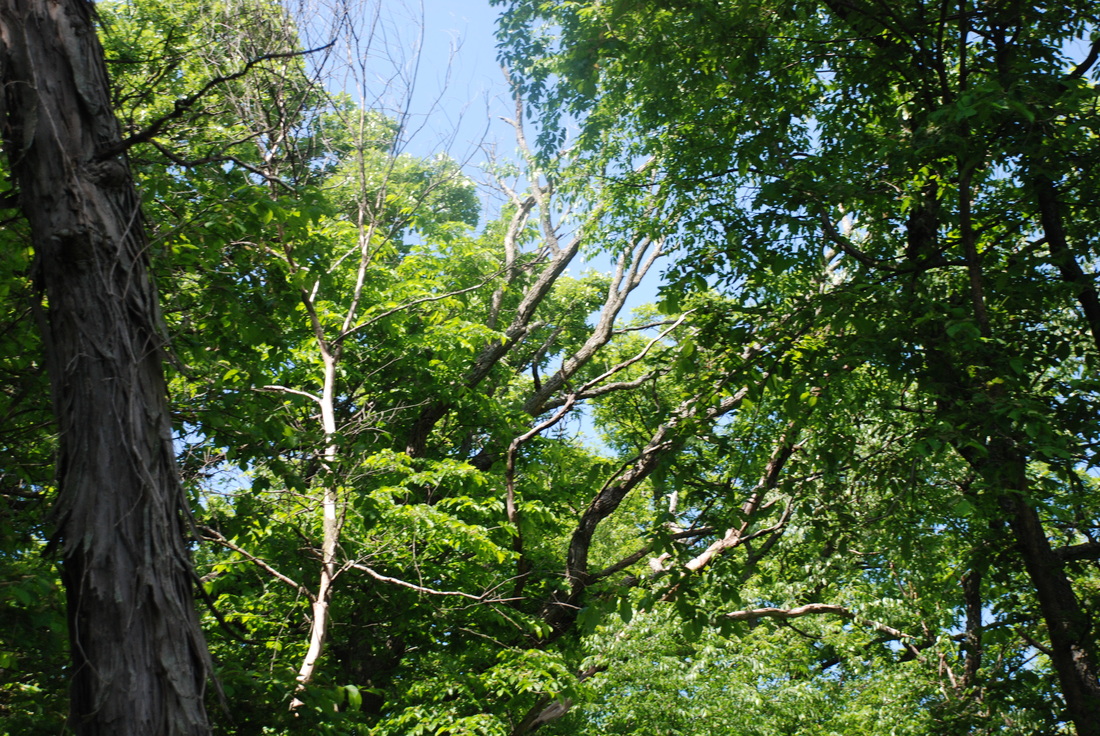
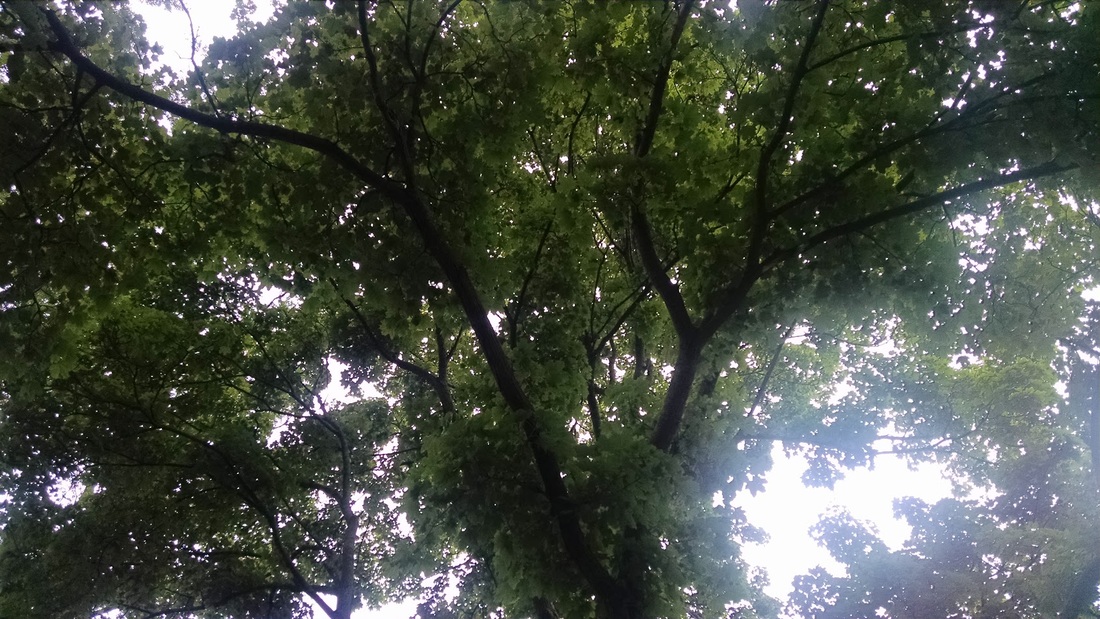
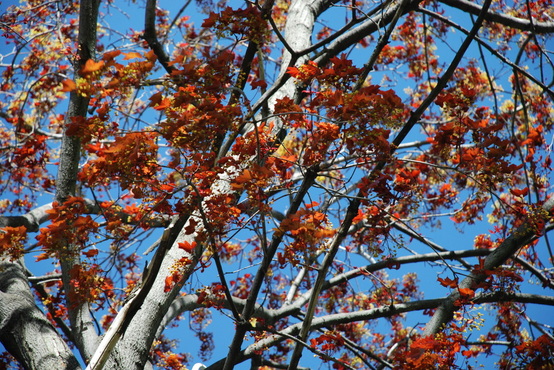
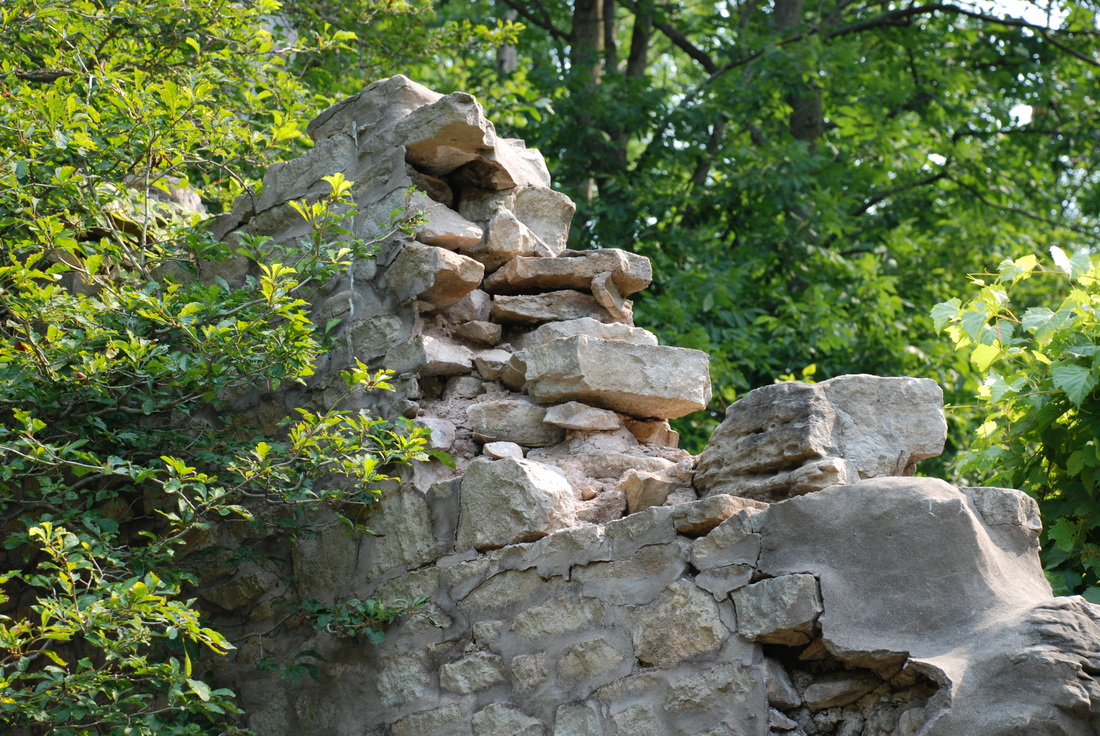
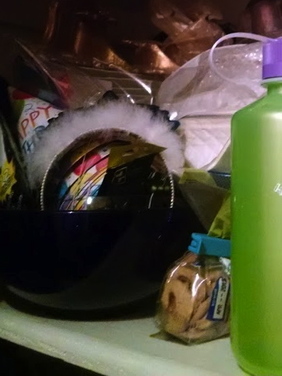
 RSS Feed
RSS Feed